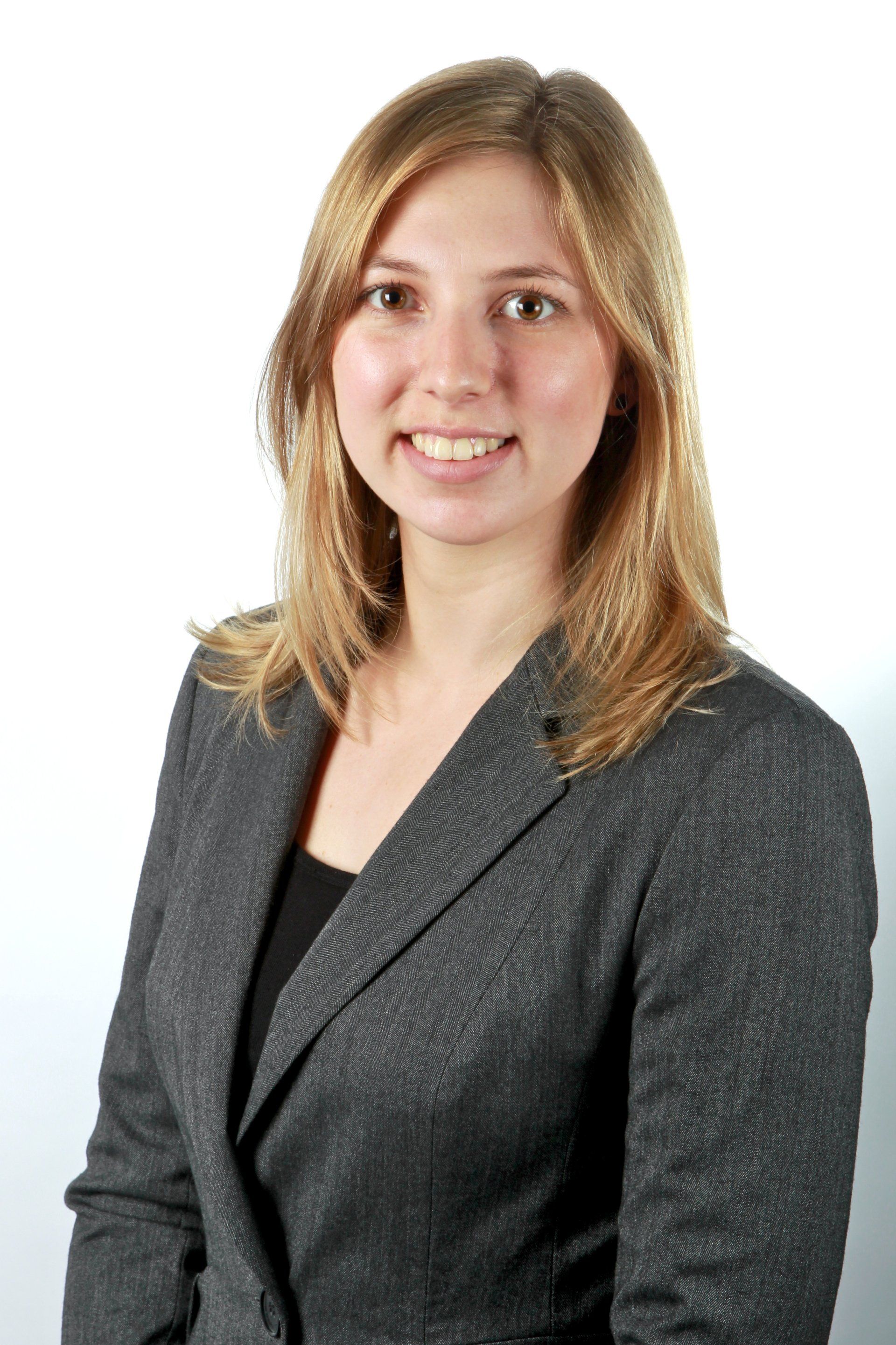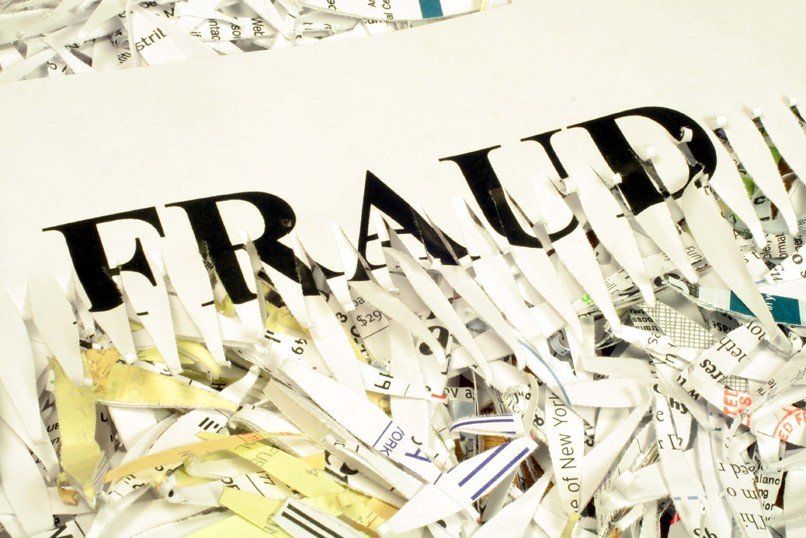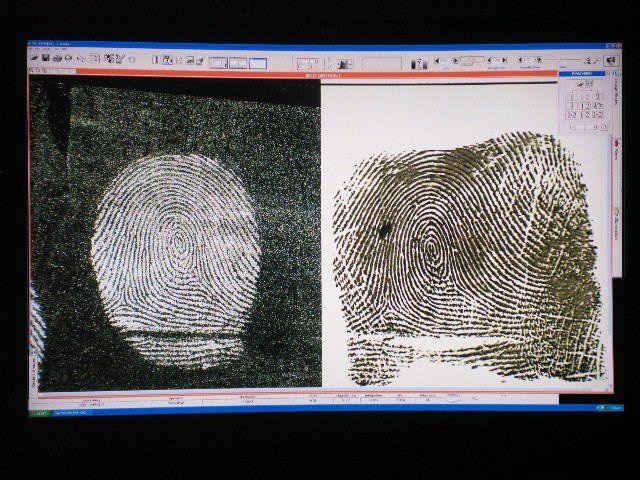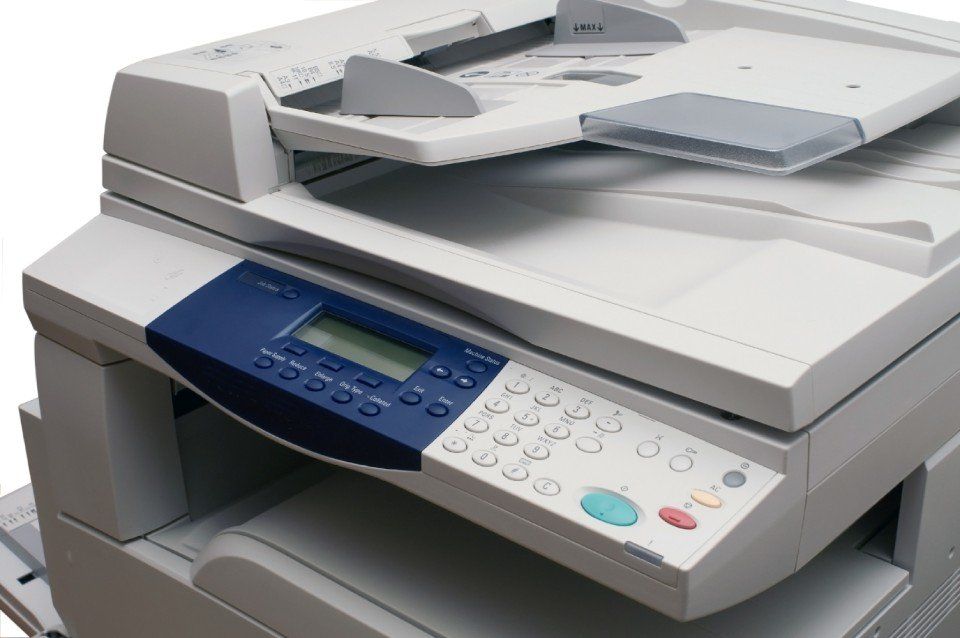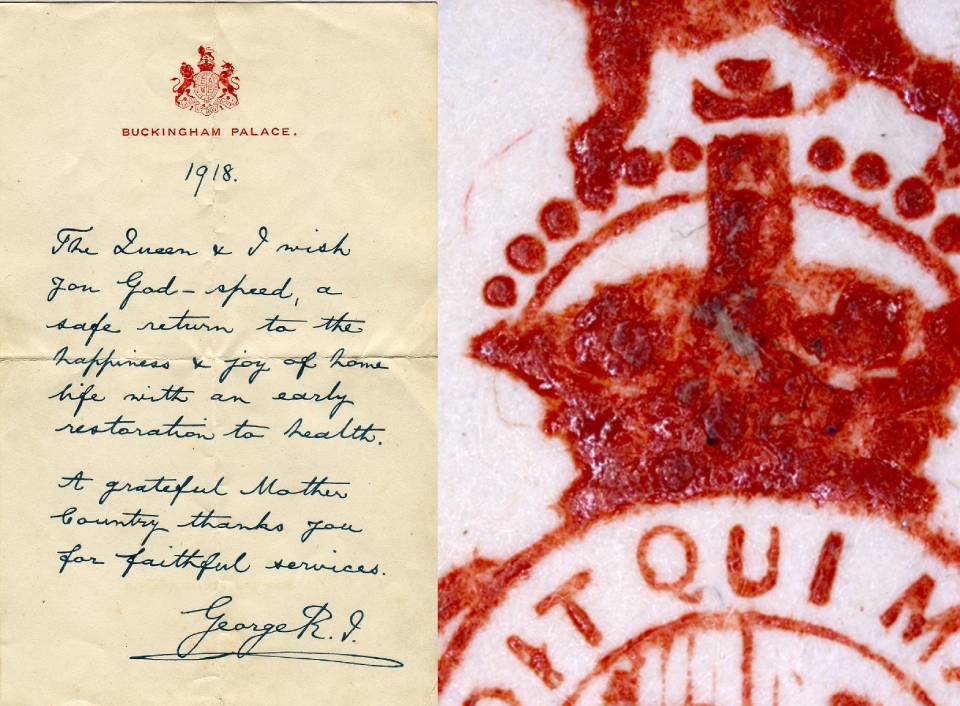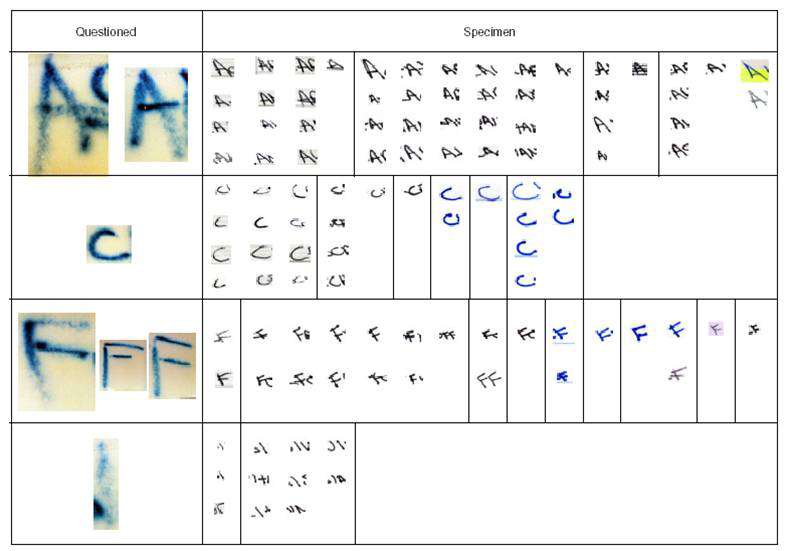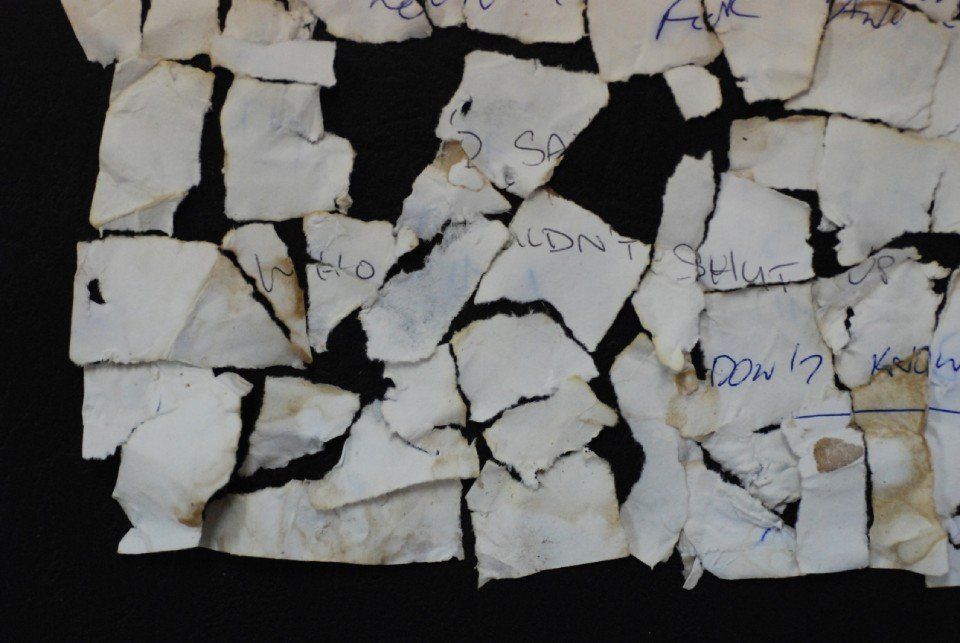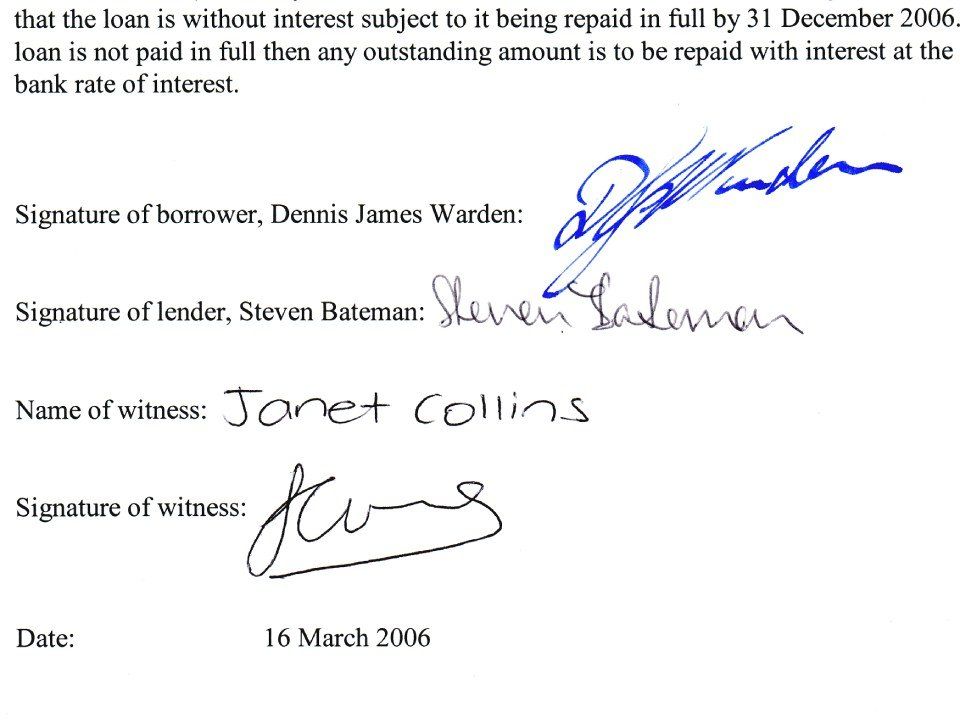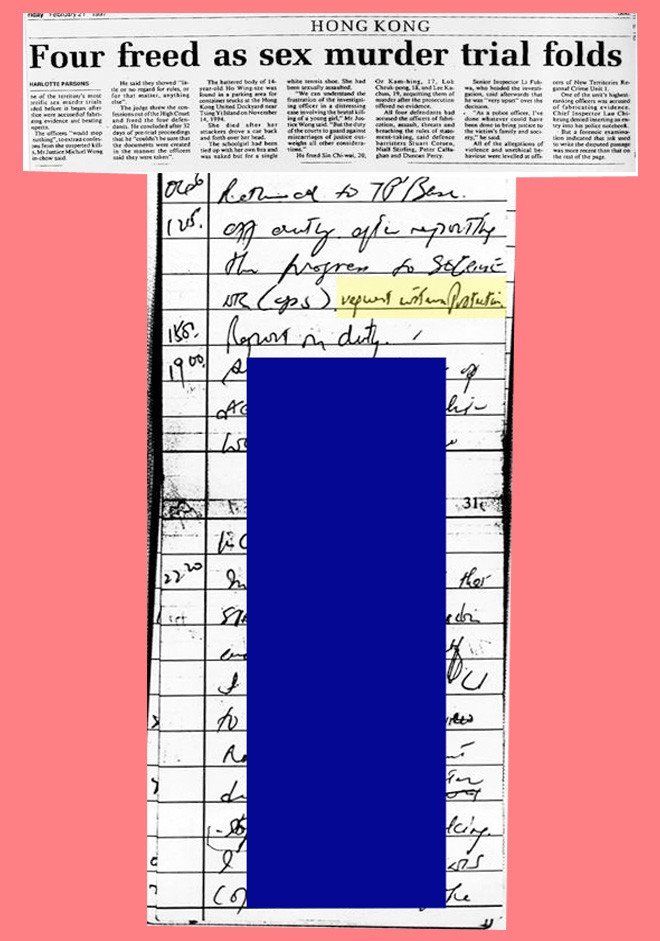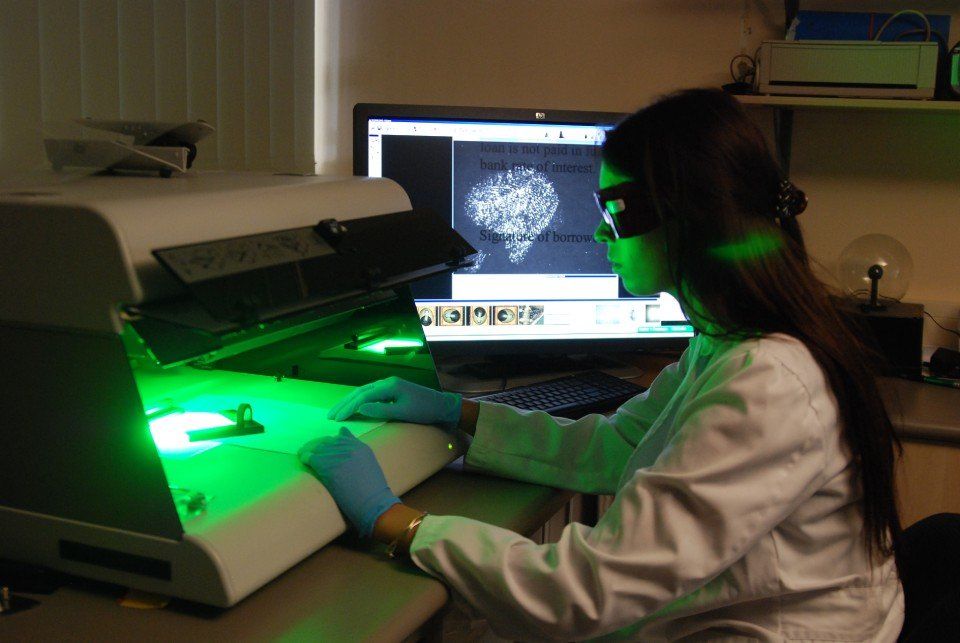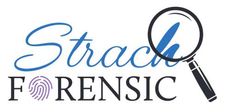When preparing to send documents for examination, please note the following:
• contact us as soon as possible for initial advice;
• provide relevant background information on the nature of the case – this will often assist our examiners in providing advice on the most relevant documentation to be submitted for examination and also in providing advice on other possible forensic examinations that should be considered;
• do not allow the document to be treated for latent fingerprint development prior to submitting it to the document examiner - processing for latent fingerprints may alter valuable evidence and will render the use of ESDA ineffective in detecting latent writing impressions evidence;
• always submit the original document for examination when it is available or obtainable;
• avoid direct handling of any documents or items to be examined for fingerprints;
• keep direct handling of other original documents to an absolute minimum (if they are to be repeatedly referred to, they should be individually placed inside copy safe sheet protectors (transparent sleeves);
• where original documents are not available, submit the earliest generation, best quality copy;
• avoid feeding documents through automatic document feeders on photocopiers, scanners and faxes;
• avoid shuffling the documents;
• avoid using staples, tweezers, binder clips and other such devices on the documents;
• use appropriately sized envelopes to avoid introducing folds into the documents;
• always submit appropriate specimen documents - originals where possible and of similar date to the questioned document;
• preserve and protect the questioned and specimen documents from bright light, the extremes of temperature and humidity, and from receiving inadvertent writing impressions pending delivery to our laboratory;
• protect the documents between two sheets of cardboard to prevent bending and inadvertent addition of writing impressions;
• insert the document in the envelope after the envelope has been labelled;
• include detailed written instructions specifying which documents are in question and which can be relied upon as being genuine specimens and outlining the issues to be addressed (for example signatures, handwriting, dating, etc).

